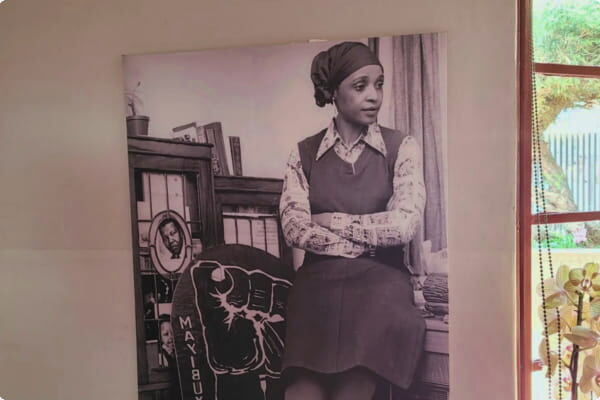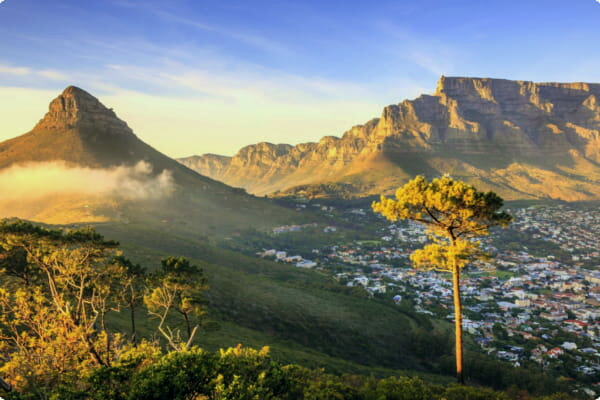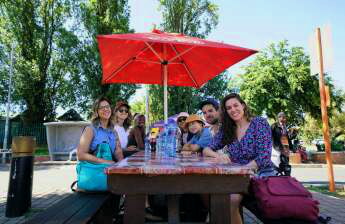Visiting the Apartheid Museum is an important part of learning about the history of South Africa, and visiting it can be quite an emotional experience. The museum is housed in the old Parliament Building, and its displays and exhibits tell the story of the resistance to apartheid in South Africa.
Opened in 2001
Located in Johannesburg, South Africa, the Apartheid Museum is a tribute to the victims of apartheid and a beacon of hope for a better South Africa. It is the world's first museum dedicated to the history of South Africa. The museum has a collection of historical artifacts and multimedia presentations.
The museum is divided into 22 exhibition areas. Each area focuses on a different aspect of apartheid. The exhibits explore the social and political forces that led to apartheid. The museum also pays tribute to the victims of the struggle for freedom.
The permanent Nelson Mandela exhibition tells the story of the life of the former president and explores his role in the struggle for equal rights in South Africa. Visitors can view dramatic photographs of his life. The Nelson Mandela exhibit contains information about his time in prison and his achievements.
The museum includes special events and exhibits that highlight contemporary issues in South Africa. There is also a memorial site, which pays tribute to those who died in the fight for freedom.
Exhibits
Located in the Gold Reef City complex, the Apartheid Museum is an independent institution. It is the premier museum in South Africa highlighting the 20th century history of the country. It uses film, artifacts, and interactive multimedia to depict the history and struggle of the South African people to overthrow the apartheid regime.
Apartheid was a racist system that was designed to divide the population of South Africa by race. It was indefensible. The racial classification system was based on the colour of one's skin. As more whites came to realise the injustice of apartheid, they began to express their displeasure.
Several South African cities were rocked by violence in the early 1960s. The apartheid police used harsh punishment to quell the demonstrations. Many protesters were killed. In the end, it was Nelson Mandela who was jailed for 27 years for treason.
The Museum features 22 individual exhibition areas. Each area highlights a specific aspect of the South African history. It has four main exhibitions on the South African apartheid era, plus several temporary exhibits.

Resistance to apartheid in South Africa
Visiting the Apartheid Museum in South Africa is a great way to learn more about the history of South Africa. It also provides an opportunity to see graphic displays that highlight the suffering of people under apartheid. The museum is situated on a 7-hectare site near Johannesburg.
The museum is divided into 22 individual exhibition areas. Each area focuses on a different aspect of the apartheid system. The first area, for instance, examines the social forces that led to the establishment of the apartheid regime. It includes exhibits on the Boer War and early strikes for workers' rights.
The second area highlights the rise of the Black Consciousness Movement. This was a movement that grew in the late 1960s and early 1970s, leading to an era of social and cultural awakening. It was largely inspired by Stephen Biko.
The third and final area covers the period of intense civil unrest in the country. It is the period that saw the creation of several powerful anti-apartheid organisations. These included the South African Trade Unions and the South African Communist Party.

Now home to South Africa's Constitutional Court
Located on Constitution Hill, the Constitutional Court of South Africa is the country's highest court. Its rulings have played an important role in institutional transformation of human rights in South Africa. The Constitution is a symbol of justice and inclusivity, promoting the rights of all citizens. It was adopted by the legislature with an 83 percent vote.
The Constitutional Court has been the apex of South African justice since the end of apartheid. It has been the stepping stone for institutional transformation of human rights in South Africa. Its rulings are focused on the principle of upholding the Constitution in post-apartheid South Africa.
The South African Constitutional Court building incorporates artwork into its fabric. Its public art gallery features Joseph Ndlovu's Humanity, a work that captures the moment of transition in South Africa. It was commissioned by Constitutional Court Judges Albie Sachs and Yvonne Mokgoro in 1994.
The building also includes a number of historical sites that hold the memories of past times. Visitors can learn about the days when Mahatma Gandhi, Albert Luthuli, Nelson Mandela and Winnie Madikizela-Mandela were incarcerated here.





